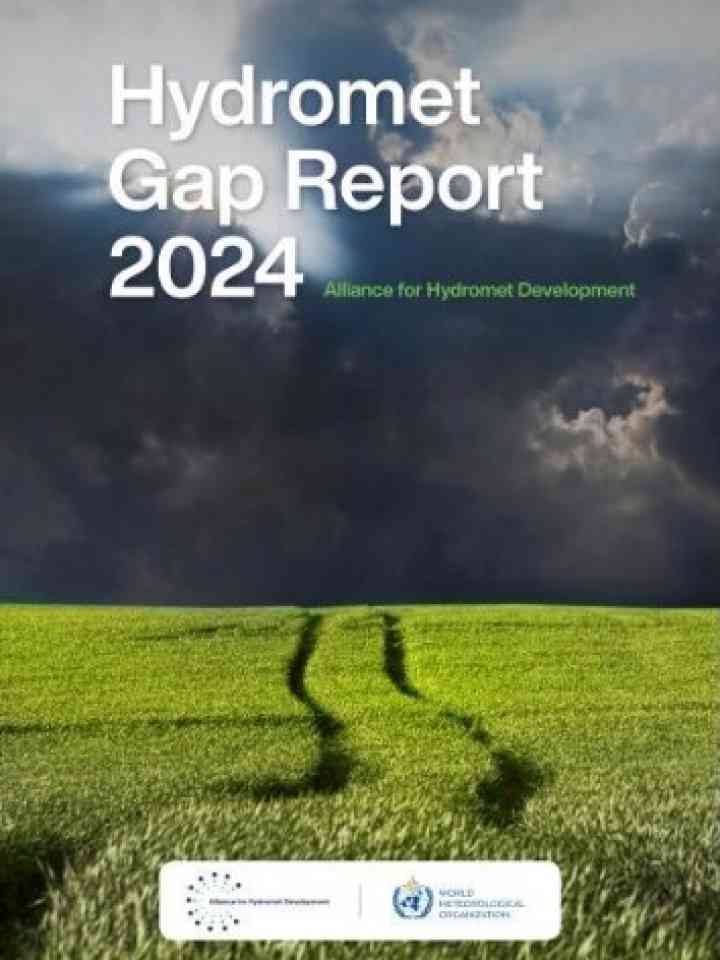Hydromet Gap Report 2024: Alliance for Hydromet Development
In this second edition of the Hydromet Gap Report, the Alliance for Hydromet Development – a consortium of international development, humanitarian and climate finance institutions – takes stock of progress on priorities and outlines its future direction, almost five years after its establishment at the Conference of the Parties to the United Nations Framework Convention on Climate Change (COP25) in Madrid in 2019. The report further presents important analysis based on Country Hydromet Diagnostics (CHD) conducted in 20 least developed countries (LDCs) and small island developing States (SIDS).
The findings shed light on the weakest links in the hydrometeorological value chain, which require urgent attention from governments and development partners. A set of recommendations is also addressed to the National Meteorological and Hydrological Services (NMHSs) with concrete advice on steps that would help them reach a higher level of maturity in terms of infrastructure, operations and services. The CHD results are instrumental to the Alliance members’ investment planning, project design and coordination on the ground.
The key take aways of this report, are:
NMHSs in developing countries work in an environment of growing demand for services, more stringent international requirements, such as for GBON compliance, and raised expectations in terms of climate action and early warnings delivery. At the same time, severe resource shortages significantly hinder their operational capacity. Coordinated support from both government and development partners is required to:
- Promote the promulgation of appropriate legislation and build governance mechanisms for hydrometeorological and other MHEWS-relevant services;
- Close the ICT gap to unlock service capacity;
- Implement sustainable, context-responsive and cost‑effective solutions and processes;
- Help NMHSs respond to the needs for hydrometeorological services across sectors;
- Prioritize in situ trainings;
- Support regional technical cooperation frameworks.
Explore further
